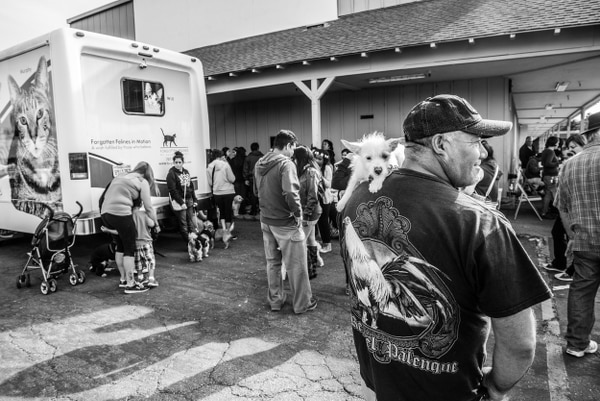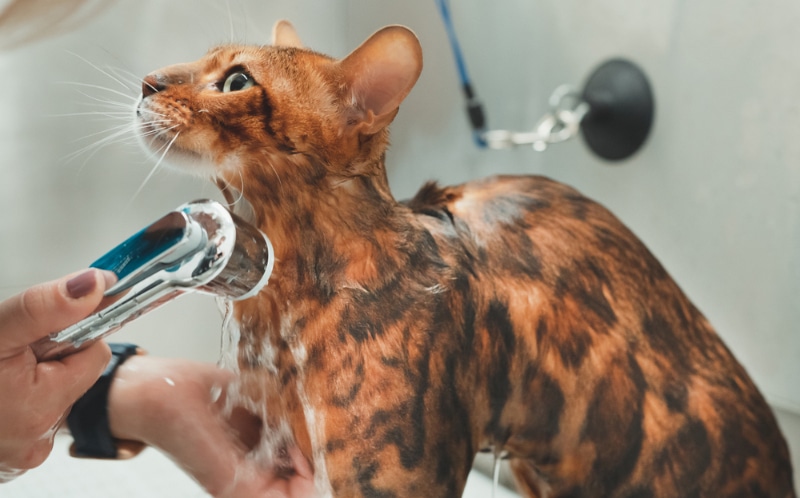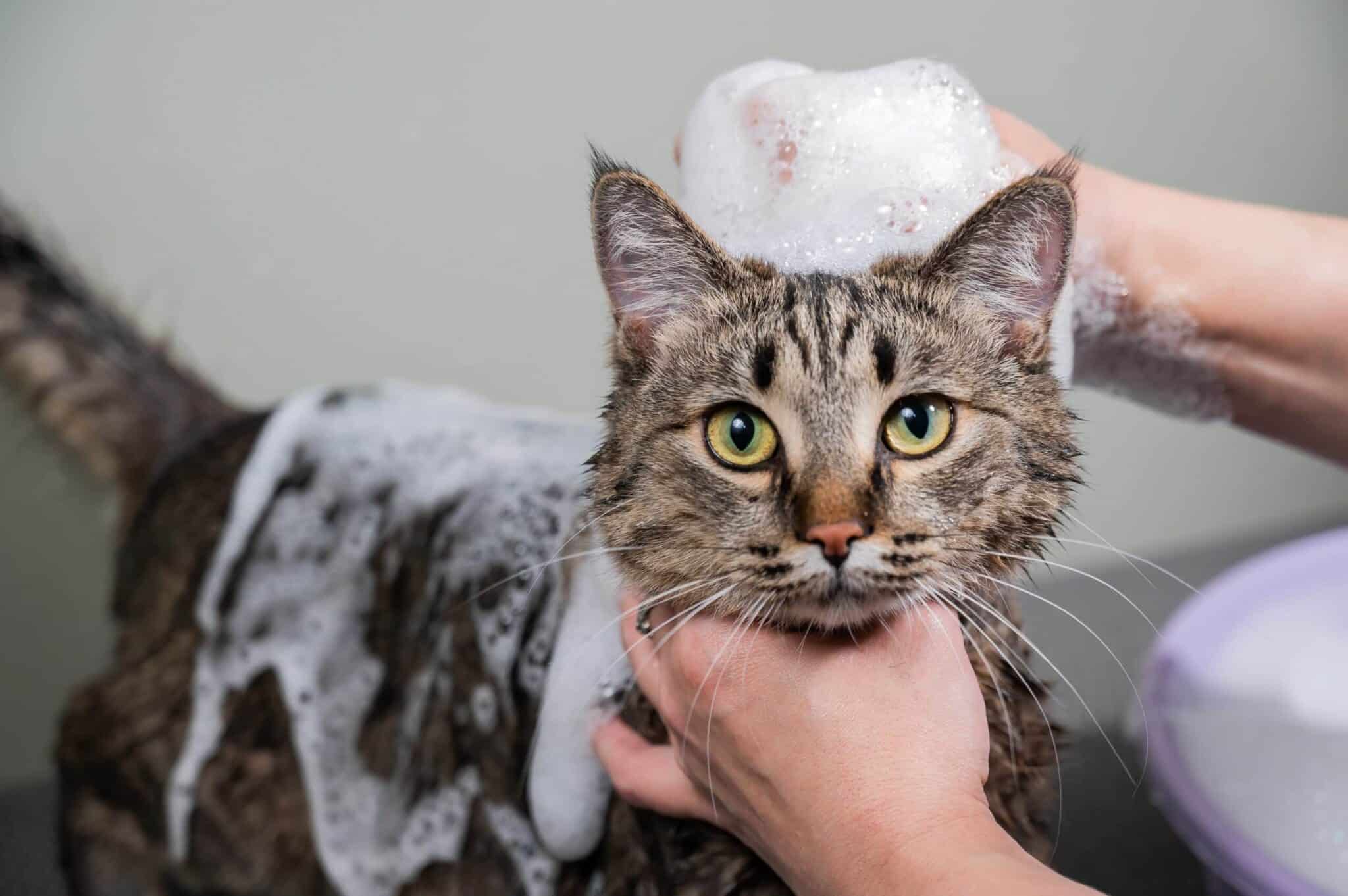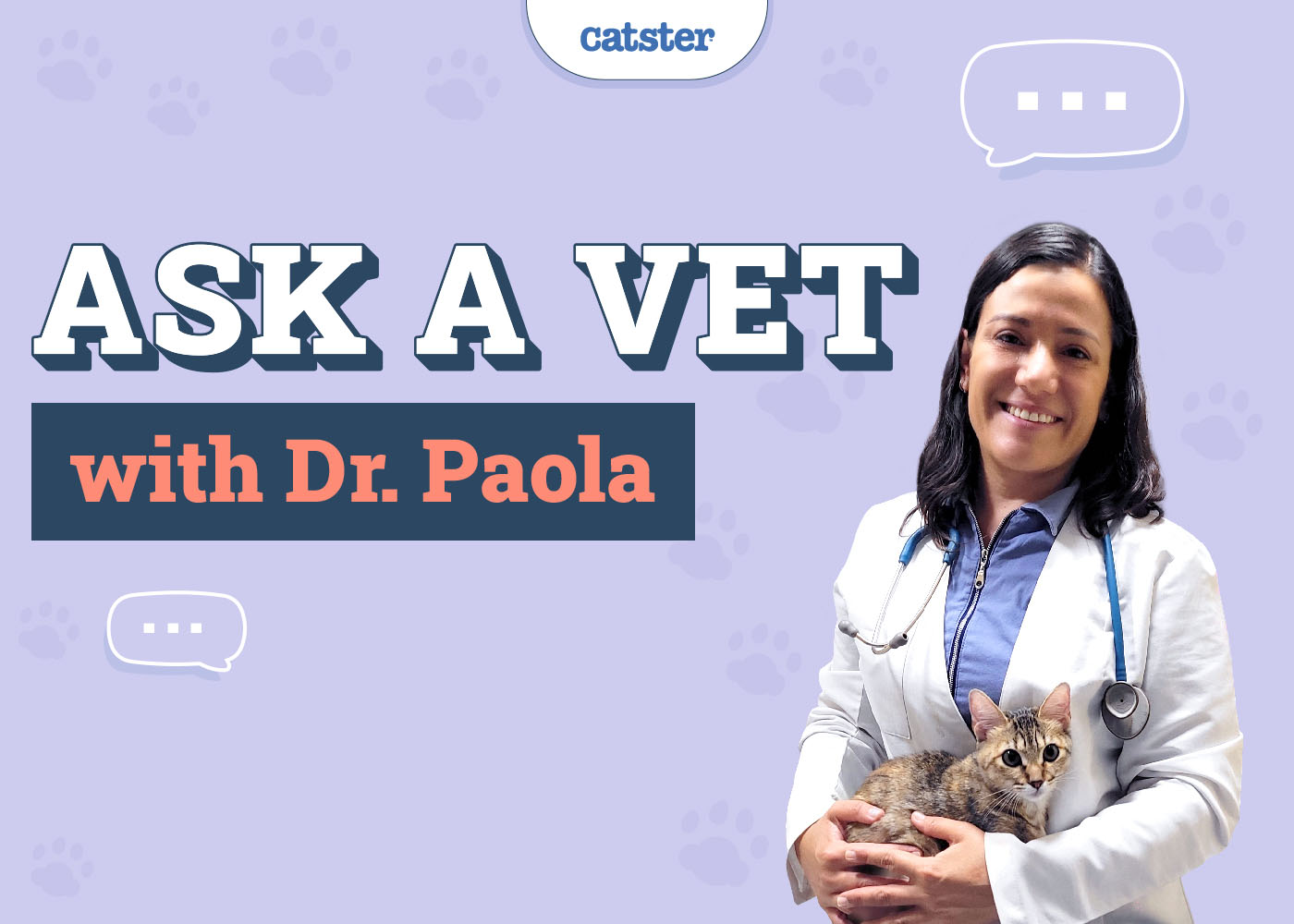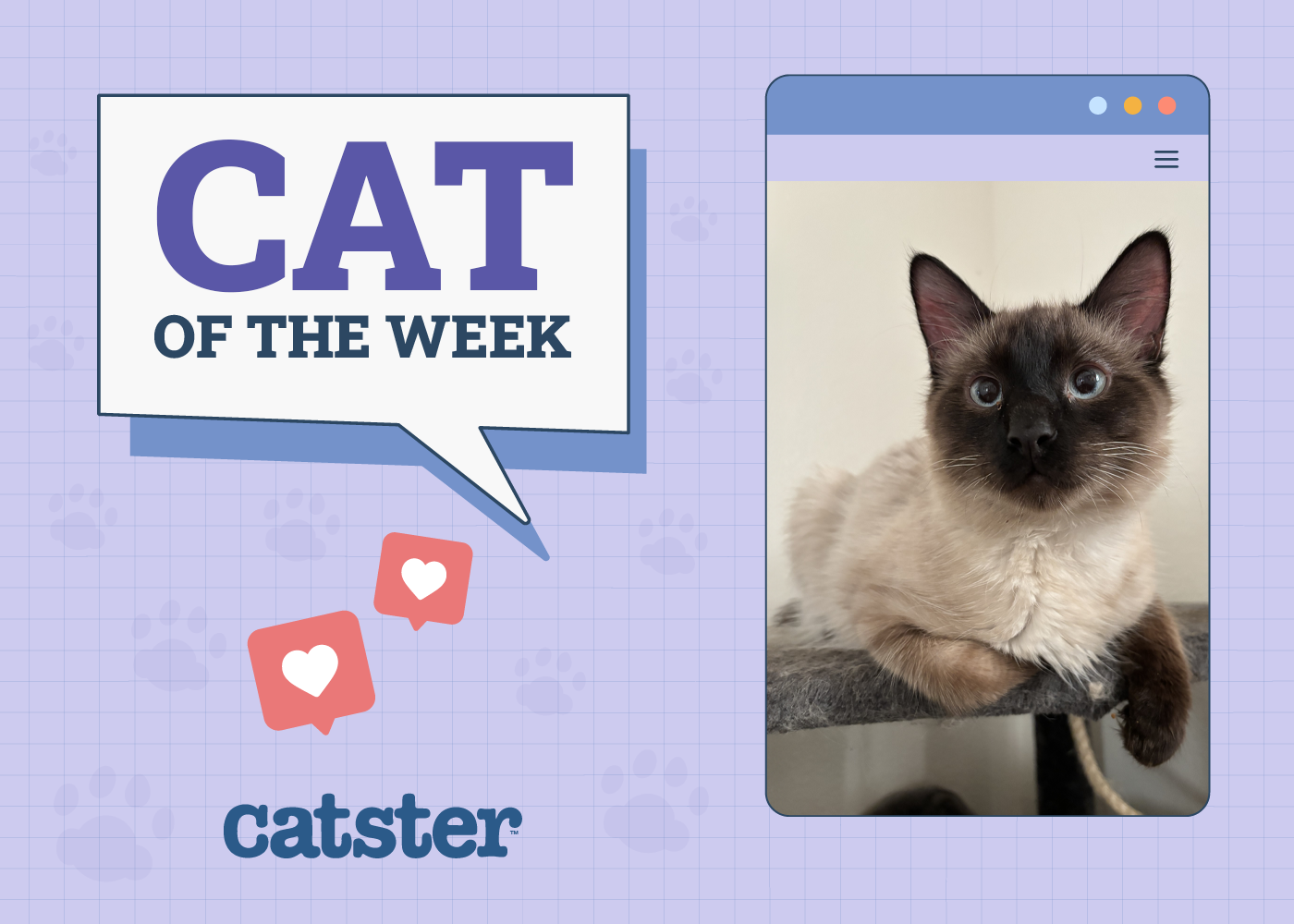My annual vet bill can spike into the thousands of dollars some years, depending on who is struggling with health care problems and how complex they are. This year, I’m dealing with a cat in kidney failure, which requires a lot of vet visits, fluids at home, and a special diet — none of which comes cheap. I don’t begrudge a single penny that I spend on my furry friends, but not everyone is fortunate enough to have that kind of money, which is the reason for animal welfare charities that offset the costs of vet care or provide it free.
Lots of programs offer free spay/neuter and vaccination clinics, but Compassion Without Borders, a group based in Santa Rosa, California, goes much further. Its team focuses on basic veterinary care in the U.S. and Mexico for animals who’ve never even seen a vet. I learned about Compassion Without Borders when I interviewed Dr. Christi Camblor about the group’s relief work with victims of the Valley Fire in Northern California.

I was startled when she told me that many clients the group’s staff members saw at the Napa County Fairgrounds in Calistoga had never brought their animals to a vet, and that staff members provided basic medical treatment including vaccinations and spay/neuter referrals. (Until late September, the group wasn’t able to offer spay/neuter services itself.) The volunteer vets she worked with, she said, were shocked to encounter intact, unvaccinated animals with unaddressed health issues. She said this is a problem not just for animals in Lake County, where the Valley Fire did extensive damage, but also for those living in low-income communities across the country.
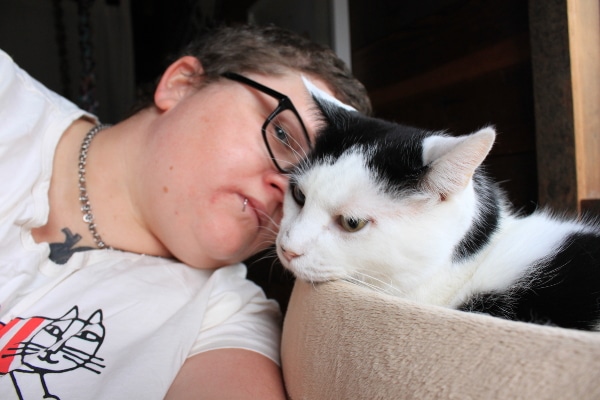
I knew I had to talk to her about their work in more detail, because as an animal lover, the thought of any animal suffering from lack of basic care made me incredibly sad.
Camblor explained that the group started 13 years ago helping animals in Mexico, where few veterinary resources are available. Many families can’t afford even rudimentary veterinary care, and the country also has a significant population of feral cats and stray dogs. The group started offering community-based veterinary services as well as dog rescue, and it implemented humane education programs to get communities thinking about animals — especially cats — differently.
In particular, she said, Mexico still uses electrocution in its shelters, and Compassion Without Borders was able to eradicate the process in one state. It is working in a neighboring state to stress the benefits of humane euthanasia.
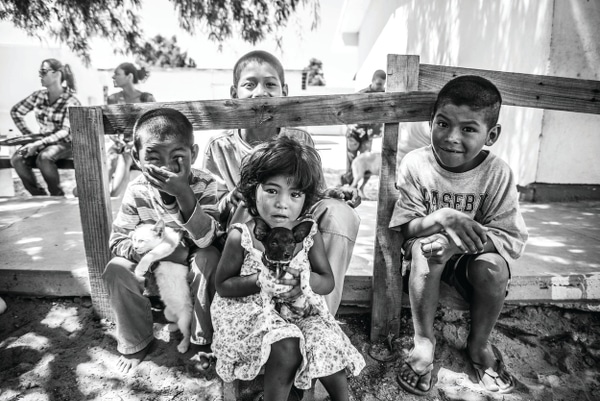
Even as the group was shuttling back and forth to and from Mexico, Camblor and her partner Moncho Camblor realized the need for their services in the United States, too. Many low-income communities across Northern California and in the Central Valley are primarily Spanish-speaking, some including migrant workers, and they can’t find bilingual vets, let alone pay for veterinary services. That includes even the most basic of treatments, such as the vaccinations many of us take for granted. So, Compassion Without Borders extended services through its van, six to eight regular volunteer veterinarians, and 30 to 50 veterinary technicians and registered veterinary technicians at various times. Its bilingual crew offers regular clinics.
At a recent clinic, Camblor told me, 130 animals were lined up by 9 a.m.
“The need for this type of care,” she says, “can’t be overstated.”
There’s a crisis in veterinary care in American low-income communities, and it’s one that leads to needless sufferings and deaths. In the Central Valley, where some of California’s poorest communities are concentrated, many shelters have just a 20 percent release rate — in other words, 80 percent of the animals who enter never make it out alive.
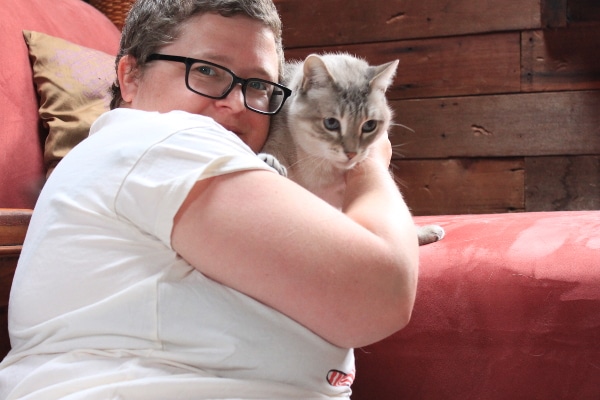
I brought up the subject of cats.
“We didn’t see very many cats at first,” Camblor explained.
So staff members began asking clients whether they had any other animals at home. Lots of them, it turned out, did have cats — but they didn’t think of them as “pets” in the way they did with dogs, and thus it hadn’t occurred to them to bring their felines in for care as well. Compassion Without Borders started raising awareness about veterinary services for cats, and it saw a distinct increase in feline clients.
While some pet guardians seem to regard cats as almost disposable, she explains, there’s also a distinct difference between the treatment of feral/homeless cat and stray dog populations. In Mexico, both wander freely — and her group attempts to rescue young, adoptable dogs, transferring them to shelters in the United States that are looking for them. In the U.S., loose dogs tend to be rounded up, but cats don’t get the same treatment.

“Cats kind of play a different role in a lot of people’s pet world. Someone might be feeding cats but not getting them spayed and neutered,” she says. “Cats are seen and treated within our society in ways that allow for huge overpopulation.”
The consequences are dire for feral and homeless cats, as no region has found a way to resolve cat overpopulation. Unlike with dogs, it can be hard to transfer cats out to shelters who want them, because most shelters are already overloaded with cats — it’s why, she explains, her group hasn’t been able to expand its successful dog rescue work to cats; it can’t find a community with a cat shortage and an interest in adoption.
Compassion Without Borders aims to change the landscape for cats and dogs alike. The group recently obtained a grant to offer mobile spay/neuter services once a month, using Sonoma County’s mobile surgical unit. That makes it easier for people with pets of all species to get them fixed before they can contribute to overpopulation. This also increases the chances that every dog and cat will have a loving home and a place by the hearth.
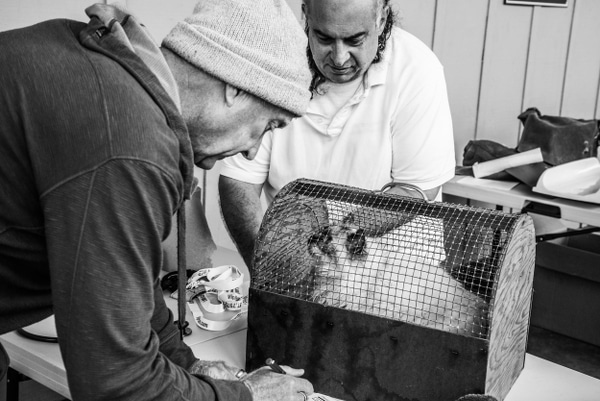
The organization, Camblor said, always needs donations, but it also relies heavily on volunteers. Veterinary qualifications and experience aren’t needed — civilians can check in clients, distribute supplies, act as runners on clinic days, and work around the office.
Photo courtesy: Moncho / Compassion Without Borders

